Wearing Safety
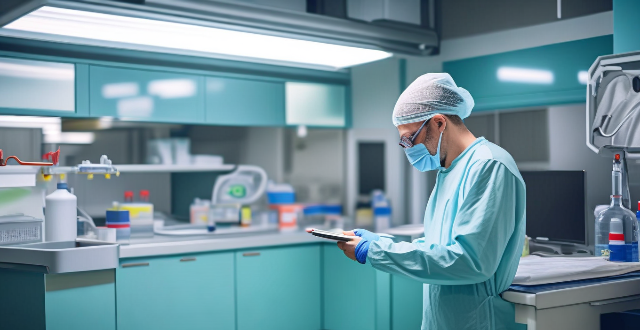
What are the benefits of wearing protective clothing in a laboratory setting ?
In a laboratory setting, wearing protective clothing is crucial for the safety and well-being of individuals working with hazardous materials or conducting experiments that may pose risks. The benefits of wearing protective clothing include protection from chemical spills and splashes, biological hazards, personal comfort and hygiene, and compliance with safety regulations. By prioritizing safety through proper protective clothing, laboratory personnel can work more confidently and efficiently while minimizing potential risks to their health and well-being.

Can wearing a face mask for a long time cause breathing problems ?
Wearing a face mask for extended periods can cause breathing issues, especially if the mask is not fitted properly or worn incorrectly. There are various types of face masks, each with its own potential impact on breathing, including surgical masks, N95 respirators, and cloth masks. Prolonged use of face masks can lead to increased resistance, humidity, and reduced oxygen intake. To minimize potential breathing issues while wearing a face mask, it's important to ensure proper fit, choose breathable materials, take breaks, stay hydrated, and consult a healthcare professional if necessary. Overall, the benefits of source control and infection prevention should be balanced against any minor discomforts experienced.

Are there any health risks associated with wearing a face mask for an extended period ?
Wearing a face mask for an extended period can have potential health risks such as skin irritation, difficulty in breathing, reduced oxygen intake, and psychological effects. However, these risks are generally minimal when compared to the benefits of wearing a mask in preventing the spread of infectious diseases. It is important to choose a mask that fits well and is made of breathable materials to minimize any potential health risks.

How does wearing a face mask affect oxygen levels in the body ?
Wearing a face mask is an essential practice during the COVID-19 pandemic to prevent the spread of the virus. However, some people have concerns about whether wearing a mask affects oxygen levels in the body. In this article, we will explore how wearing a face mask affects oxygen levels in the body and provide evidence to support our claims. There are two main ways in which wearing a face mask can affect oxygen levels: decreased airflow and increased carbon dioxide retention. However, studies have shown that wearing a face mask does not significantly reduce oxygen levels in healthy individuals who are not exercising heavily. In healthy individuals, wearing a face mask does not pose any significant risk of low oxygen levels. However, if someone has underlying respiratory conditions such as asthma or COPD, they may experience shortness of breath or other symptoms when wearing a face mask. To ensure adequate oxygen levels while wearing a face mask, one can follow these tips: choose the right type of mask, maintain good hydration, exercise regularly, avoid heavy exercise, and consult with healthcare professionals if necessary.

What are some common safety hazards that children should be aware of ?
Children should be aware of various safety hazards to ensure their well-being, including stranger danger, traffic rules, water safety, fire safety measures, electrical safety, choking hazards, falls and injuries, poisonous substances, internet safety, and natural disasters. They should know how to identify potential threats and take appropriate precautions to prevent accidents or injuries.

Is there a standard guideline for wearing PPE during COVID-19 pandemic ?
The text provides a summary of the standard guidelines for wearing Personal Protective Equipment (PPE) during the COVID-19 pandemic. The guidelines are designed to protect healthcare workers, first responders, and other essential workers from getting infected with the virus. The levels of PPE required vary depending on the level of risk involved in different situations, ranging from low risk to high risk. The text also provides best practices for wearing PPE, including hand hygiene, putting on and removing PPE in the correct order, and proper disposal of PPE items.
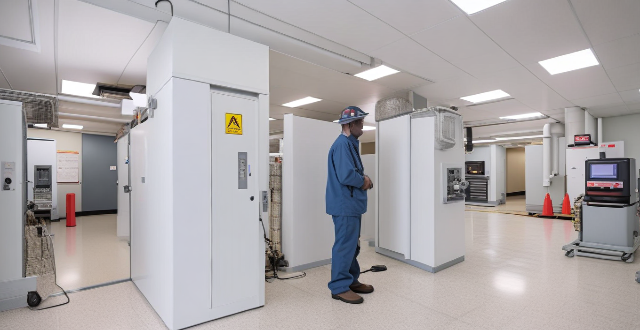
What safety measures are in place on cruise ships ?
Cruise ships implement various safety measures to ensure the well-being of passengers and crew, including muster drills, life-saving equipment, fire safety systems, medical facilities, security personnel, emergency response plans, navigation systems, and regular maintenance checks.
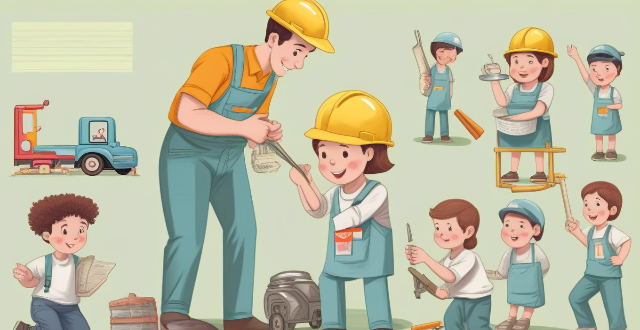
How can parents effectively teach their children about safety ?
Teaching children about safety is crucial for their well-being. Parents can effectively teach their children about safety by establishing clear rules, educating them about potential dangers, practicing safety drills, encouraging open communication, and modeling safe behavior. By doing so, children will develop awareness and the ability to protect themselves from potential dangers.
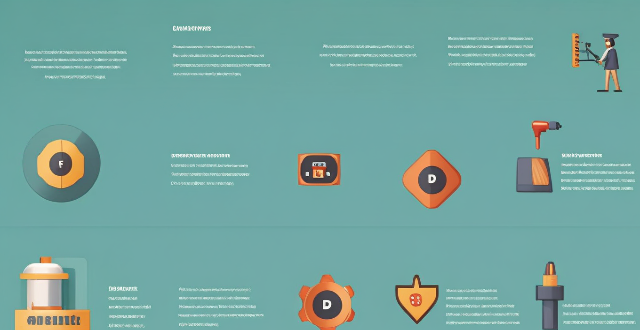
How can we measure the success of a safety drill ?
The article discusses the importance of evaluating safety drills to improve emergency response and preparedness. Key factors to consider include compliance with safety procedures, participant engagement, effectiveness of communications, availability and functionality of equipment and resources, and overall performance. By measuring the success of a safety drill, organizations can identify areas for improvement and ensure that their employees are well-prepared to handle emergency situations effectively.

What are some effective strategies for teaching water safety to children ?
Water safety is an essential skill that every child should learn, especially during the summer months when they are more likely to be around water. Here are some effective strategies for teaching water safety to children: Start early, set clear rules, use visual aids, practice makes perfect, role playing, stay close and supervised, teach risk assessment, and be a good example.
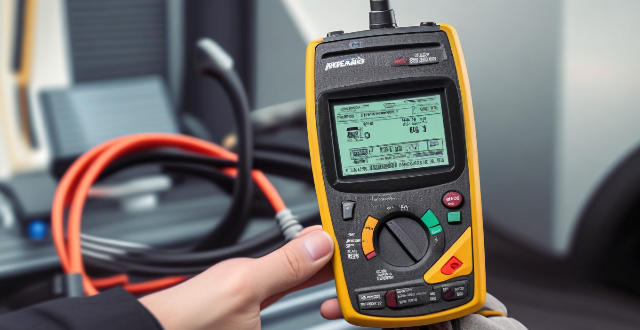
Are there any safety precautions I should take when working with an electronic speed controller ?
Working with electronic speed controllers (ESCs) requires careful attention to safety precautions to prevent injuries or damage to equipment. Some important safety measures include disconnecting power sources, wearing protective gear, using proper tools, following manufacturer's instructions, keeping away from flammable materials, being cautious with high voltage, avoiding overloading, and seeking professional help if unsure about proper installation or operation.

What is the importance of wearing seat belts in vehicles ?
Wearing seat belts in vehicles is crucial for reducing the risk of serious injuries or death in crashes. They protect against head, brain, chest, and abdominal injuries by preventing ejection and distributing impact force. This practice is also legally required and can affect insurance payouts. Drivers should set an example for passengers, especially children, to promote safe driving habits. Buckling up is a simple, effective way to protect oneself and others.

How often should safety inspections be conducted on a construction site ?
Safety inspections are crucial for construction sites to prevent accidents and ensure worker well-being. The frequency of these inspections depends on the project's size, complexity, type of work, and local regulations. This guide provides a detailed overview of how often safety inspections should be conducted: 1. Daily Inspections: Include visual checks, tools and equipment, and personal protective equipment (PPE). 2. Weekly Inspections: Cover structural integrity, electrical systems, and fire safety. 3. Monthly Inspections: Assess environmental hazards, emergency response plans, and site cleanliness. 4. Quarterly Inspections: Conduct comprehensive site assessments, review training updates, and ensure regulatory compliance. Unannounced spot checks should also be performed throughout the project to maintain safety awareness among workers. Safety should always be a top priority on any construction site, and regular inspections are essential for achieving this goal.

What are the key elements of child safety education ?
Child safety education is crucial for the well-being and protection of children. It involves teaching children about potential dangers and how to avoid them. This educational process helps children develop a sense of awareness, responsibility, and self-protection. In this article, we will discuss the key elements of child safety education. The main elements of child safety education include personal safety, stranger danger, internet safety, home safety, school safety, and road safety. Personal safety includes teaching children about personal boundaries, private parts, and inappropriate behaviors. Stranger danger education helps children identify potential threats from unknown individuals. Internet safety education is essential in today's digital age. Home safety education focuses on creating a safe environment for children at home. School safety education aims to create a safe learning environment for children. Road safety education is crucial for children who walk or cycle to school or play outside. By focusing on these key elements of child safety education, we can help children develop the skills and knowledge they need to stay safe and protect themselves from potential dangers. Child safety education is an ongoing process that requires the involvement of parents, schools, communities, and governments.

What role does driver education play in promoting traffic safety ?
Driver education is crucial for promoting traffic safety by providing essential knowledge and skills to drivers. It helps them understand the rules of the road, develop safe driving habits, and respond appropriately to various traffic situations. The different aspects of driver education that contribute to traffic safety include understanding traffic laws and regulations, developing safe driving habits, handling emergencies and hazardous situations, enhancing driving skills, and raising awareness about road safety issues. By providing drivers with the necessary knowledge, skills, and attitudes to drive safely on the roads, driver education significantly reduces accidents and improves overall road safety.
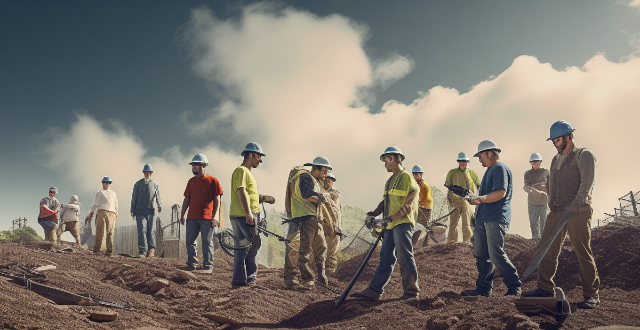
How do safety regulations influence the use of protective equipment in the workplace ?
Safety regulations play a crucial role in ensuring that workers use protective equipment in the workplace. They enforce compliance by requiring employers to provide necessary protective equipment to their employees, mandate regular training sessions for workers about the importance of using protective equipment, conduct safety inspections periodically to ensure that protective equipment is up-to-date, functional, and used correctly, and drive continuous improvement based on new technologies, changing work environments, and lessons learned from incidents. These measures collectively create a safer work environment for all employees.

What is the importance of understanding material safety data sheets (MSDS) in chemical handling and protection ?
The text discusses the importance of understanding Material Safety Data Sheets (MSDS) in chemical handling and protection. It explains what an MSDS is, its significance for health and safety, compliance with regulations, environmental protection, and risk management. The article emphasizes that understanding MSDS is crucial for workers and employers to ensure a safe and healthy work environment.

How do safety regulations affect the manufacturing industry ?
Safety regulations are critical in manufacturing for worker safety, environmental protection, and product quality assurance but can increase costs and administrative burden while potentially slowing innovation.

What types of chemicals require specialized personal protective equipment (PPE) ?
When working with hazardous chemicals, it is crucialWhen working with hazardous chemicals, it is crucial protective equipment (PPE) it is crucial to use the appropriate personal protective equipment (PPE) to ensure safety and prevent exposure. Here are some types of chemicals that require specialized PPE: Corrosive Chemicals: When handling corrosive chemicals, wear chemical-resistant gloves, aprons or gowns, safety goggles or face shields, and respiratory protection if necessary. Toxic Chemicals: When handling toxic chemicals, wear nitrile or chemical-resistant gloves, lab coats or coveralls, safety goggles or face shields, and respiratory protection depending on the type of toxic chemical. Flammable Chemicals: When handling flammable chemicals, wear flame-resistant clothing, gloves made from materials like nitrile or neoprene, safety goggles or face shields, and respiratory protection if necessary. Radioactive Chemicals: When handling radioactive chemicals, wear lead aprons or shields, gloves made from materials like latex or vinyl, safety goggles or face shields, and respiratory protection if necessary.

Can wearing a face mask cause skin irritation or acne ?
Wearing a face mask can cause skin irritation or acne due to friction, pressure, heat, moisture buildup, and bacterial growth. To prevent these issues, choose breathable materials, wash your face regularly with gentle cleansers, use oil-free skincare products, change your mask frequently, and consult a dermatologist if necessary.

How can technology be used to enhance child safety education ?
Technology can significantly enhance child safety education through various strategies such as interactive learning applications, virtual reality experiences, online safety courses, wearable devices, and social media engagement. These tools not only make learning fun and engaging but also provide practical, real-world simulations that help children develop essential safety skills. By utilizing these modern methods, we can equip the younger generation with the knowledge and confidence needed to stay safe in a rapidly changing world.
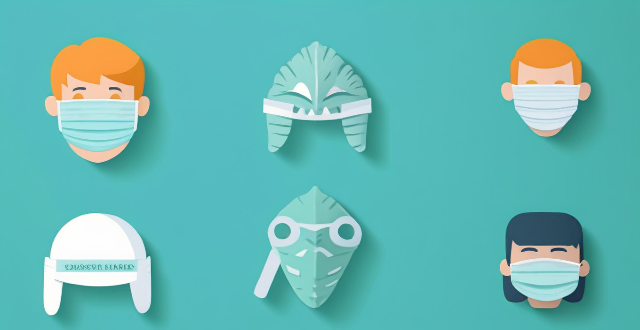
Is it safe to reuse disposable face masks after being out in public ?
The safety of reusing disposable face masks depends on several factors, such as the type of mask, how long you've been wearing it, and whether or not you've touched the outside of the mask. The CDC recommends replacing your disposable face mask as soon as it becomes moist or dirty. While it may be tempting to reuse disposable face masks to conserve resources, doing so could compromise their effectiveness. It is generally recommended to follow the guidelines provided by health organizations and experts and prioritize your health and safety by using clean and effective personal protective equipment.
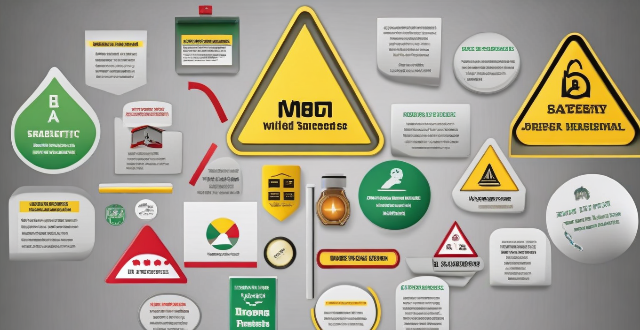
What is the importance of using standardized safety symbols and colors on safety signs ?
Using standardized safety symbols and colors on safety signs is crucial for promoting a safe working environment. These signs convey clear, concise information to employees, visitors, and emergency responders about potential hazards and necessary precautions. The importance of these symbols and colors in enhancing safety awareness and reducing accidents will be discussed in this response.
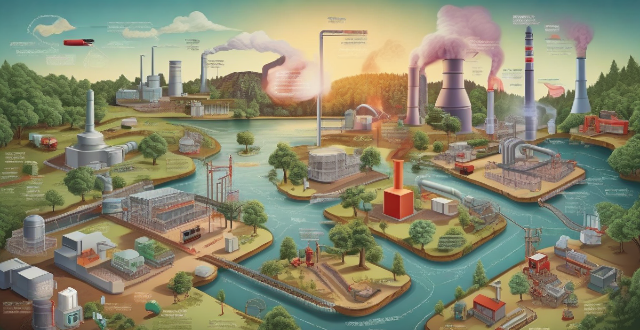
What are the most common workplace safety hazards ?
The most common workplace safety hazards include slips, trips, and falls, fires and explosions, electrical hazards, chemical exposure, repetitive strain injuries (RSIs), noise-induced hearing loss (NIHL), violence and harassment, and ergonomic hazards. Employers should conduct regular risk assessments and provide appropriate training and personal protective equipment (PPE) to mitigate these hazards. Employees should report any potential hazards to their supervisors and participate in safety meetings and training sessions.
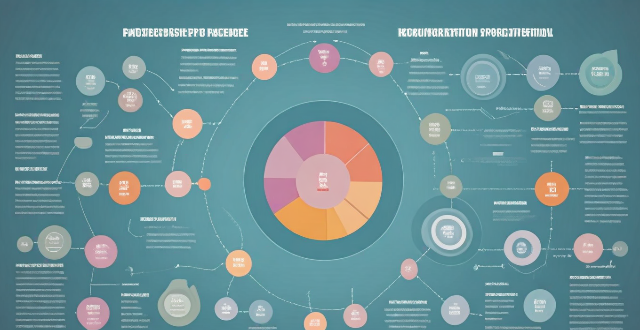
What are the legal requirements for workplace safety ?
Legal requirements for workplace safety include compliance with occupational health and safety laws, implementation of a health and safety management system, provision of personal protective equipment (PPE), reporting of injuries and illnesses, and employee participation in health and safety decisions. These measures ensure the well-being of employees and protect the company from potential legal liabilities.
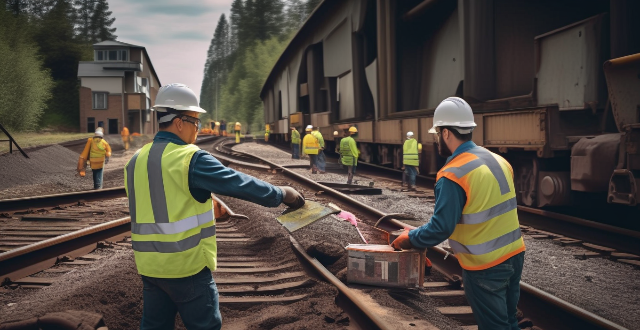
How do safety drills help identify potential hazards in the workplace ?
Safety drills are crucial exercises to simulate and identify potential hazards in the workplace. They help highlight weak links in safety procedures, test equipment and infrastructure, enhance visibility of hazardous areas, train for unexpected circumstances, and promote a culture of safety. By conducting regular drills, organizations can reduce accidents and ensure a safer environment for employees.
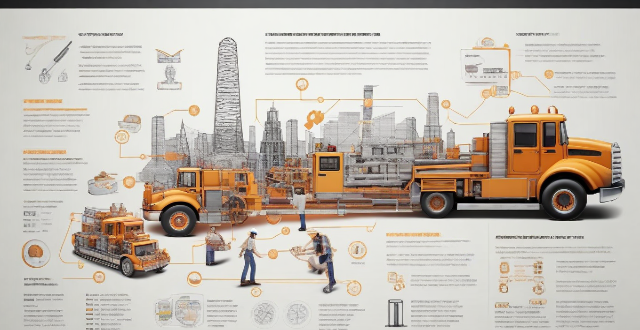
What are the consequences of ignoring safety standards in construction work ?
Ignoring safety standards in construction work can lead to severe consequences, including risk to human life, project delays, financial losses, reputation damage, legal implications, environmental impact, and public safety concerns. Adhering to these standards is crucial for the well-being of all involved parties and the success of the project.

Can you explain the Occupational Safety and Health Administration (OSHA) safety regulations ?
The text provides an introduction to OSHA safety regulations, which are enforced by the United States' federal agency, Occupational Safety and Health Administration. The goal of these regulations is to ensure safe and healthy working conditions for employees. The text covers several topics including: 1) General Duty Clause, which requires employers to provide a workplace free from recognized hazards; 2) Specific Standards, which cover various topics such as electrical wiring and equipment, hazardous chemicals and substances, and fire prevention and protection; 3) Recordkeeping, which requires employers to maintain accurate records of work-related injuries and illnesses; 4) Inspections, which are conducted by OSHA compliance officers to ensure compliance with safety regulations; and 5) Training and Education, which are provided by OSHA to help employers and employees understand their rights and responsibilities under safety regulations. The text concludes that OSHA safety regulations are essential for ensuring employee health and safety in the workplace, and employers must comply with these regulations to avoid legal consequences and create a safe working environment for their workers.

How can we improve road safety in our community ?
Road safety is a crucial aspect that requires collective efforts from all stakeholders. Here are some ways to enhance road safety: education and awareness, infrastructure improvements, enforcement of laws, technological advancements, community involvement, and collaboration with stakeholders. By implementing these strategies, we can create a safer environment for everyone.

How do weather conditions affect building safety during construction ?
The text discusses the impact of various weather conditions on building safety during construction. It highlights the risks associated with extreme heat, cold weather, rain and water, strong winds, snow and ice, and lightning and thunderstorms. The conclusion emphasizes the importance of monitoring weather forecasts and adjusting working procedures to ensure worker safety.